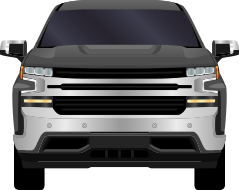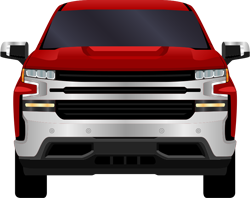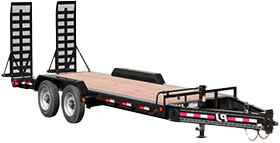TIME SENSITIVE CARGO
Hot shot truckers do a great job at making sure small, time sensitive cargo is delivered within a specific timeframe. Many hot shot truckers are freelance owner-operators who own their own vehicles and search for cargo on load boards.
However, there are some company drivers that will take on hot shot jobs, as well. Hot shot truckers normally have the experience delivering different types of loads and the required equipment. They are in search of hot shot loads because the pay rates are decent, especially if a company needs a piece of equipment delivered fast so they do not have a loss in productivity.
IMMEDIATE RESPONSE
It doesn’t matter what you call it, hot shot trucking is about more than just speed. It is about immediate response and reliability.
It is also about providing solutions that help create a truck hauling plan that gets freight to its location faster without compromising safety.







